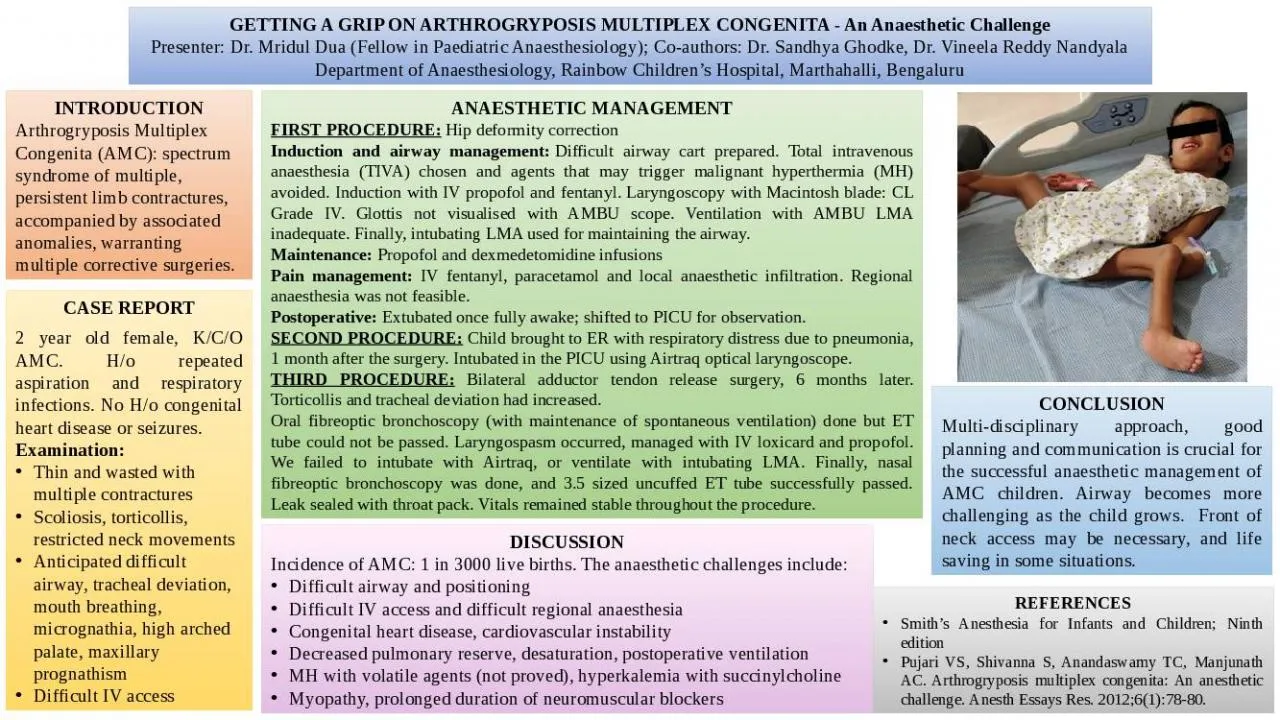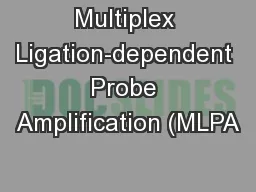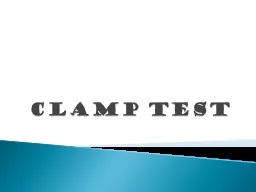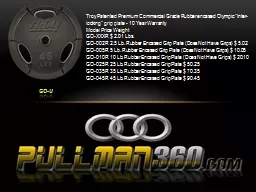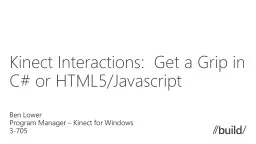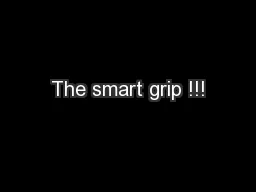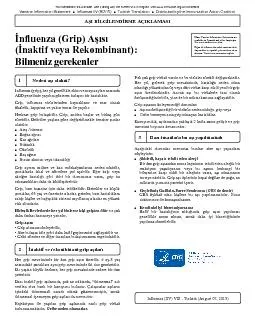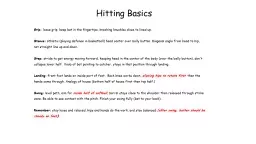PPT-GETTING A GRIP ON ARTHROGRYPOSIS MULTIPLEX
Author : candy | Published Date : 2022-02-14
CONGENITA An Anaesthetic Challenge Presenter Dr Mridul Dua Fellow in Paediatric Anaesthesiology Coauthors Dr Sandhya Ghodke Dr Vineela Reddy Nandyala Department
Presentation Embed Code
Download Presentation
Download Presentation The PPT/PDF document "GETTING A GRIP ON ARTHROGRYPOSIS MULTIPL..." is the property of its rightful owner. Permission is granted to download and print the materials on this website for personal, non-commercial use only, and to display it on your personal computer provided you do not modify the materials and that you retain all copyright notices contained in the materials. By downloading content from our website, you accept the terms of this agreement.
GETTING A GRIP ON ARTHROGRYPOSIS MULTIPLEX: Transcript
Download Rules Of Document
"GETTING A GRIP ON ARTHROGRYPOSIS MULTIPLEX"The content belongs to its owner. You may download and print it for personal use, without modification, and keep all copyright notices. By downloading, you agree to these terms.
Related Documents

